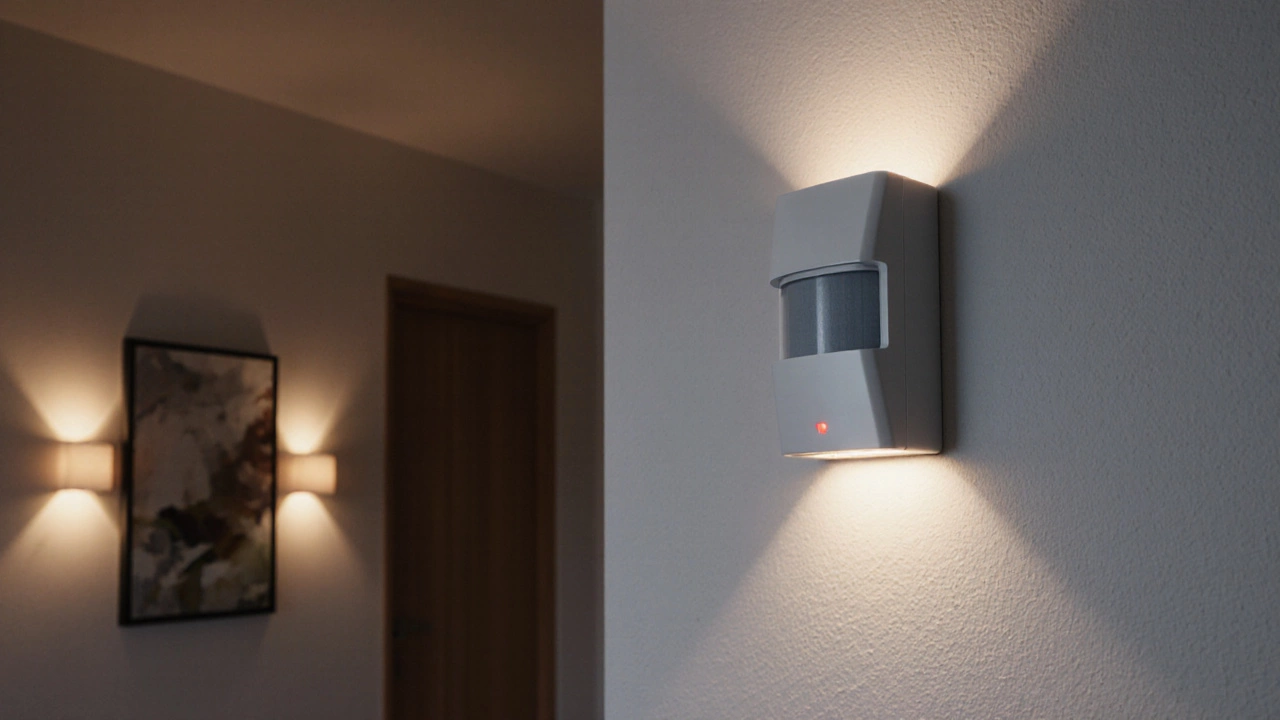When working with Passive Infrared (PIR) sensor, a device that detects movement by sensing changes in infrared radiation. Also known as motion detector, it forms the backbone of many modern security setups. The sensor relies on infrared technology, which captures heat emitted by people or animals and translates a sudden shift into a trigger event. Once that shift is recorded, the signal can feed straight into an alarm system, sounding a siren, flashing lights, or sending a push notification. This chain – PIR sensor detects motion, infrared tech senses heat, alarm system reacts – is the core semantic triple that powers most residential and commercial intrusion alerts. Because the sensor only reacts to heat changes, it avoids false alarms from objects like moving curtains or passing cars, making it a reliable choice for indoor corridors, stairwells, and even outdoor perimeters when paired with proper housing. PIR sensor devices come in a range of sizes, from tiny PCB mounts to larger dome units, and can be wired directly into a control panel or linked wirelessly to a smart hub, giving installers flexibility based on budget and infrastructure.
In a typical setup, the PIR sensor is wired or paired with a wireless sensor network that reports activity to a central hub. This hub then decides whether to activate the alarm, record video, or simply log the event. The wireless option reduces the need for trenching or conduit, speeds up installation, and allows homeowners to place sensors in hard‑to‑reach spots like attic corners or high windows. However, wireless units rely on battery power, so choosing a model with low quiescent draw and a long‑life battery is crucial for continuous protection. Many modern sensors also include built‑in pet immunity settings, which adjust the detection range or sensitivity so a cat or small dog won’t constantly trigger alerts. When integrated with home automation platforms, PIR sensors can turn on hallway lights, start motion‑activated cameras, or lock doors automatically, creating a layered defense that’s both visible and subtle. The combination of infrared sensing, alarm response, and wireless connectivity illustrates another semantic triple: infrared technology enables PIR sensor, PIR sensor powers wireless sensor network, wireless sensor network enhances alarm system.
The posts you’ll find below dive deeper into each of these aspects. From detailed guides on installing a PIR‑based alarm system in a flat, to tips on selecting pet‑friendly motion sensors, and comparisons of wired versus wireless PIR units, the collection covers the full spectrum of practical knowledge. Whether you’re a DIY enthusiast looking to upgrade your home, a landlord needing compliant security solutions, or a tech‑savvy user curious about the latest infrared advancements, the articles ahead give you actionable steps, real‑world examples, and clear recommendations. Ready to explore the nitty‑gritty of motion detection, power options, and integration tricks? Keep scrolling to uncover the detailed guides that match your security goals.

Learn which motion sensor type-PIR, microwave, ultrasonic, or dual‑tech-fits your home. Get specs, installation tips, and a comparison table to pick the best motion sensor.

Discover the three main motion sensor types-PIR, microwave, and ultrasonic-along with their pros, cons, and best use cases for home security.